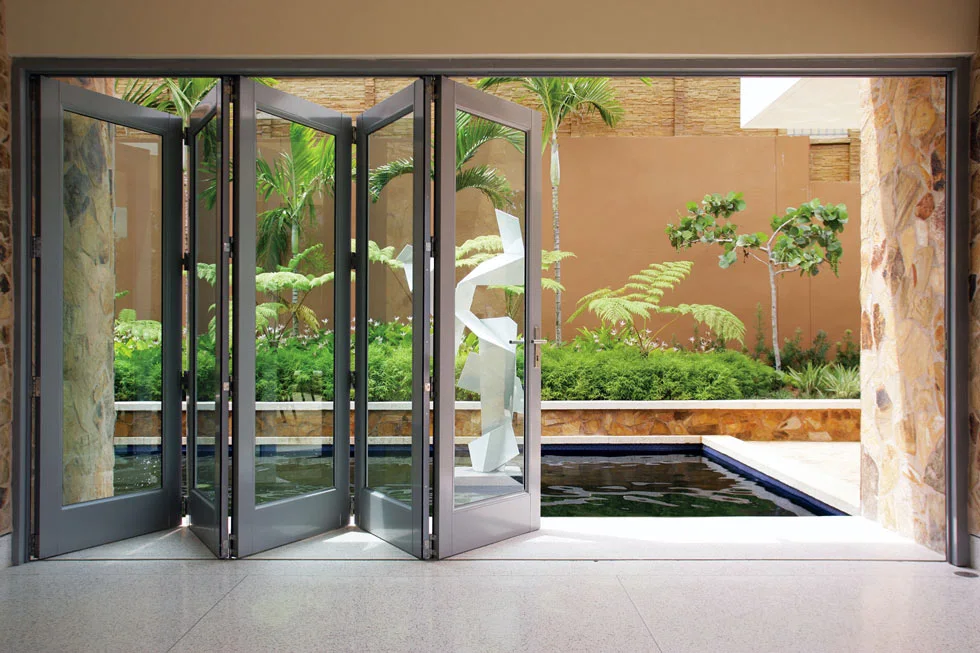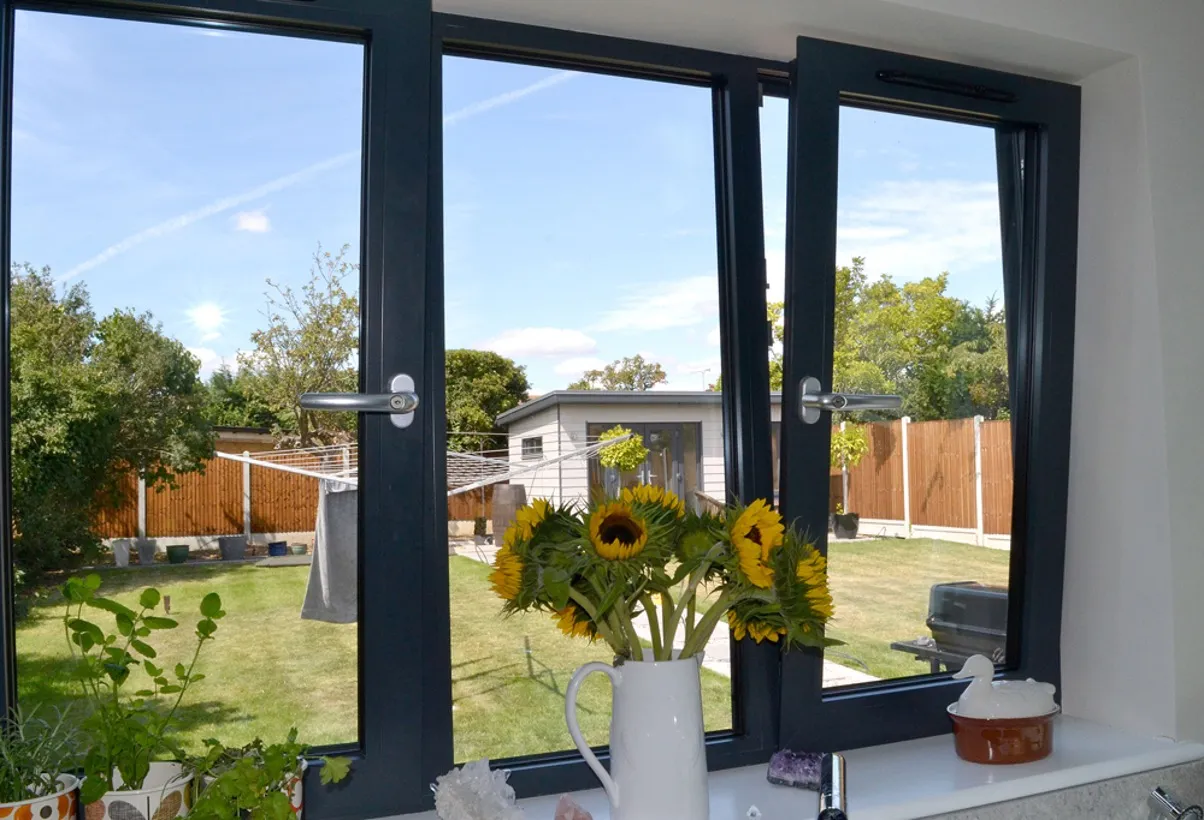Removing sliding glass doors might seem like a big task, but sometimes it’s the only way to get things done—whether you’re moving large furniture, replacing a broken panel, or upgrading to a more energy-efficient model. These doors can take up a lot of space and wear down over time, making removal necessary for both function and style.
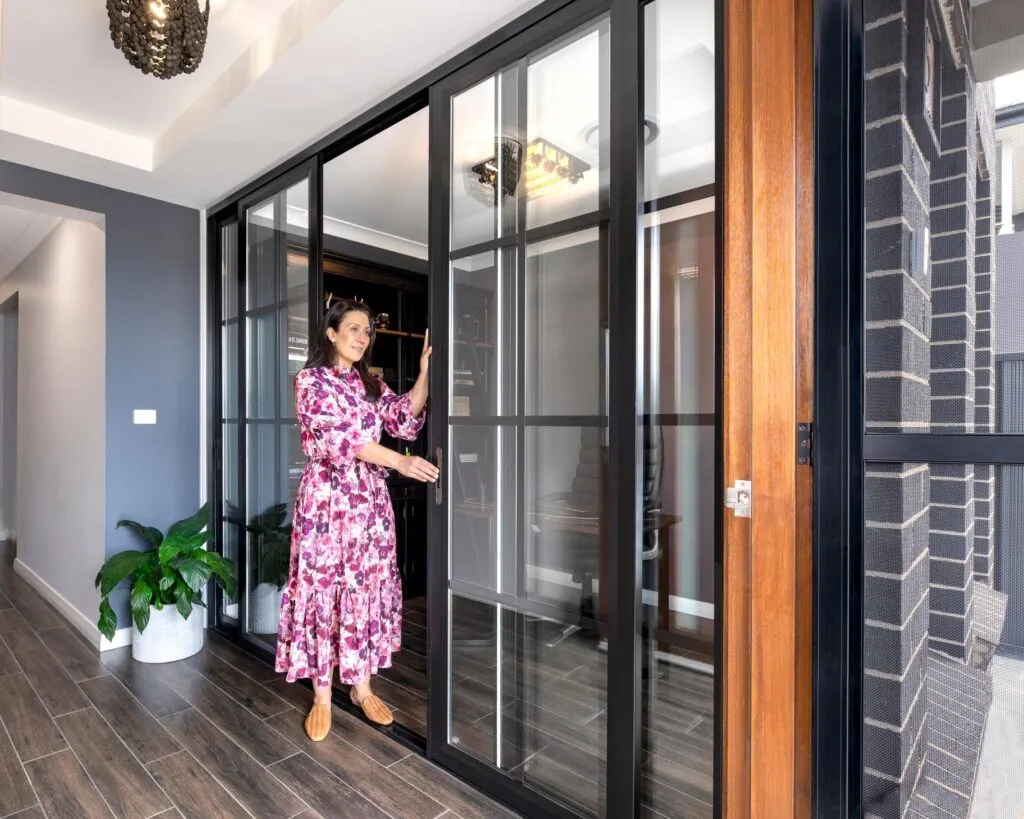
The good news? With the right tools, a little patience, and a solid plan, this can be a DIY-friendly project. That said, safety is key. These panels are heavier (and more fragile) than they look—so it’s worth learning the proper steps to avoid accidents and damage. This guide will walk you through everything you need to know to get the job done safely and efficiently.
Reasons to Remove a Sliding Glass Door
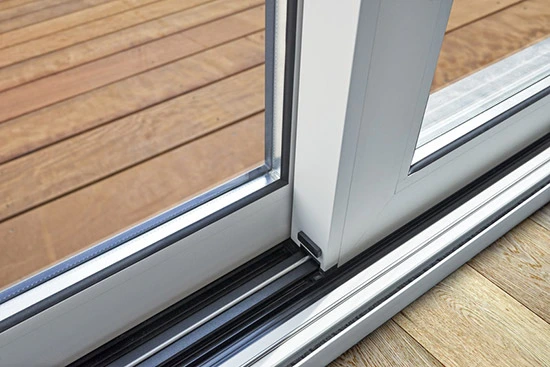
#Move bulky furniture or appliances with ease
#Access and replace damaged rollers or hardware
#Complete home renovations or upgrades
#Swap out old or broken doors
#Boost insulation and improve overall door efficiency
Tools and Materials Needed
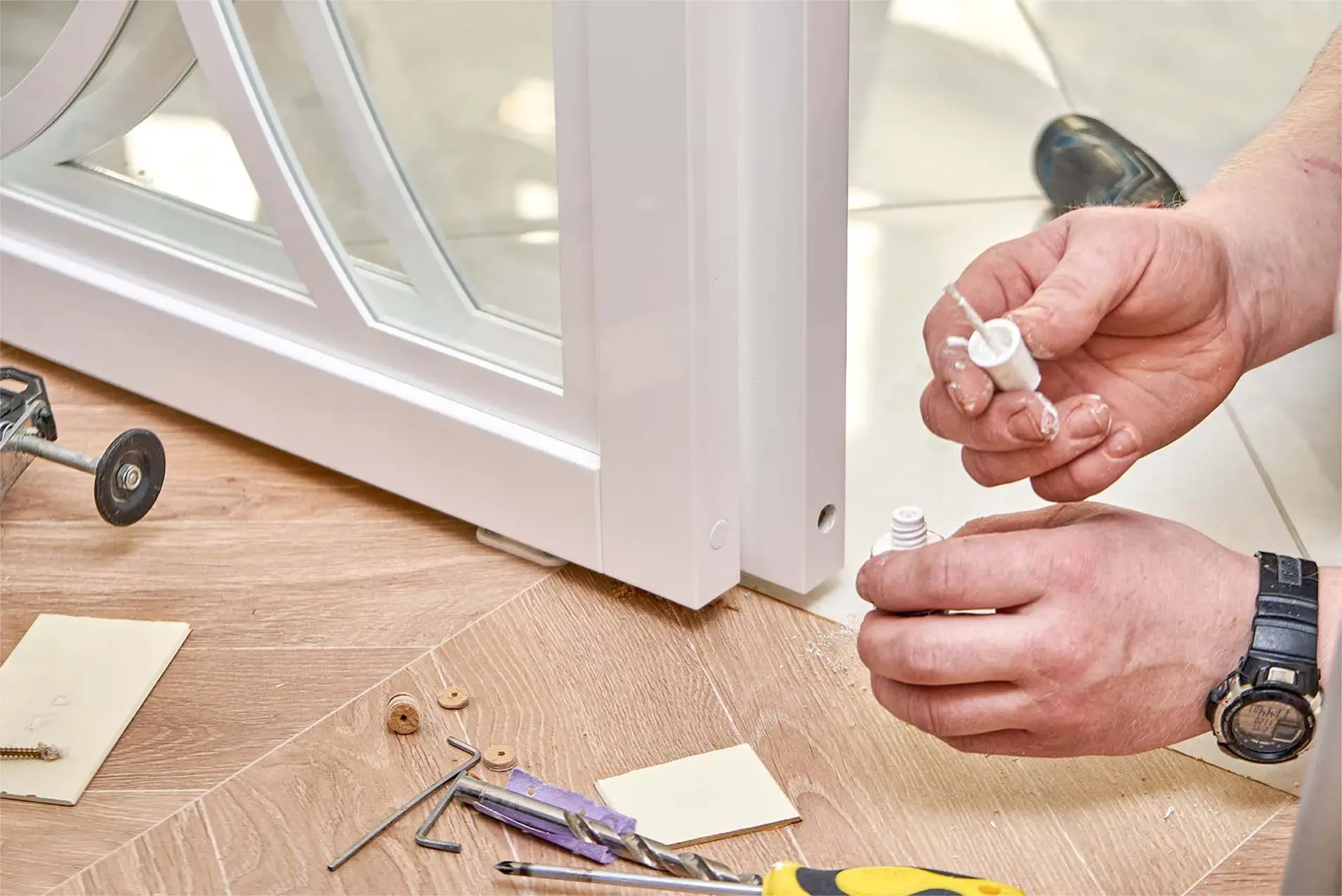
Flathead & Phillips screwdrivers – for screws and adjustments
Utility knife – to cut through caulk or glazing tape
Pry bar or putty knife – helps lift fixed panels safely
Safety gloves & goggles – protect hands and eyes
Foam sheets or thick blanket – cushion glass panels
Suction cup (optional) – for better grip on glass
Drill & bit – to remove fixed panel screws
Caulk remover – softens sealants for easier removal
Tape measure – handy if you’re planning to reinstall
Step-by-Step: How to Remove Sliding Glass Door
Removing a sliding glass door might seem tricky, but with the right approach, it’s a safe and doable DIY project.
Just follow these steps carefully and take your time—especially when handling heavy or fragile parts.
1. Clear the Area
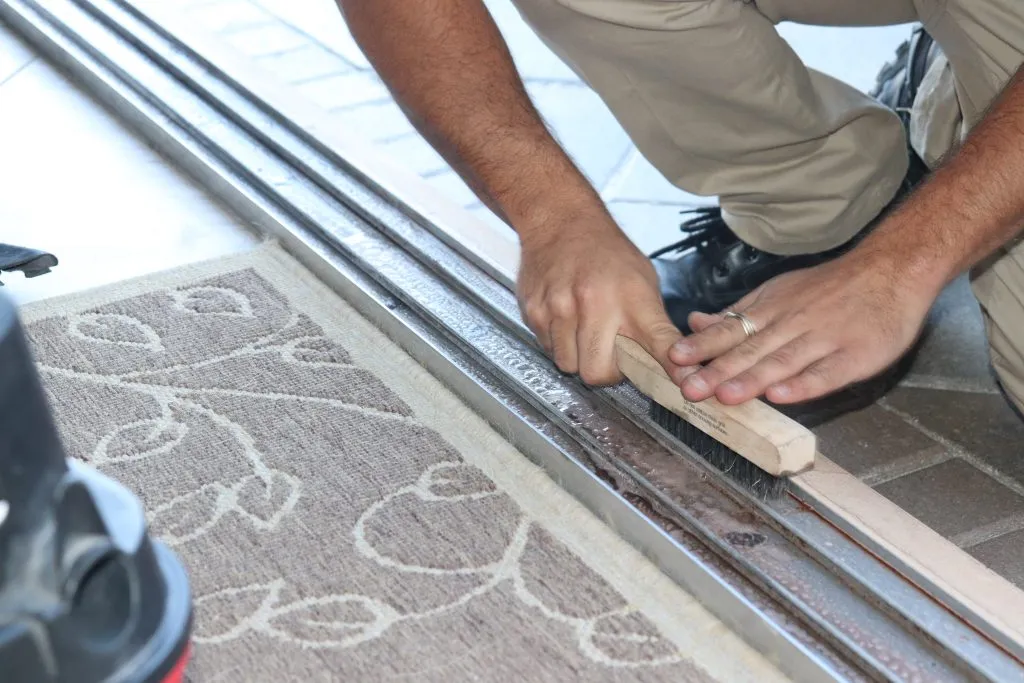
Move nearby furniture, curtains, and décor. Lay foam sheets or blankets on the floor to protect both the glass and your flooring.
2. Remove the Screen Door (if present)
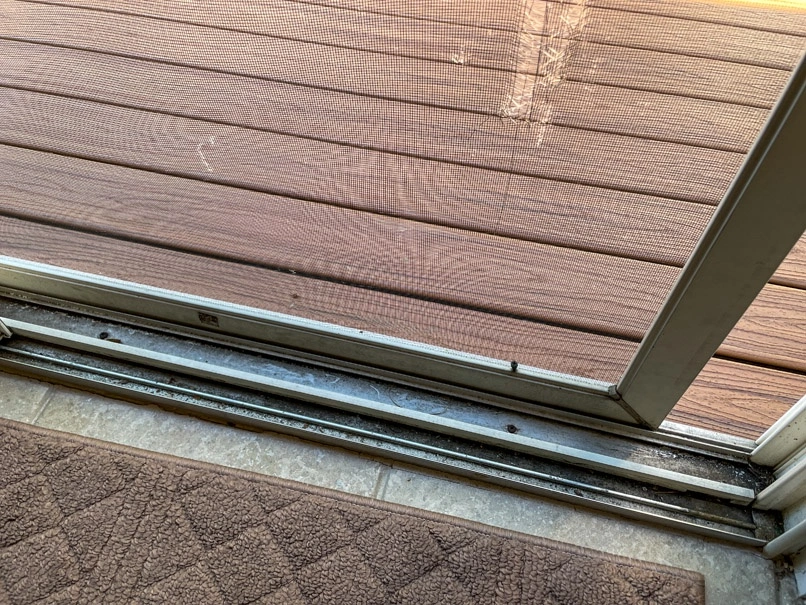
Gently lift the screen off its bottom track using a flathead screwdriver and set it aside.
3. Adjust the Rollers
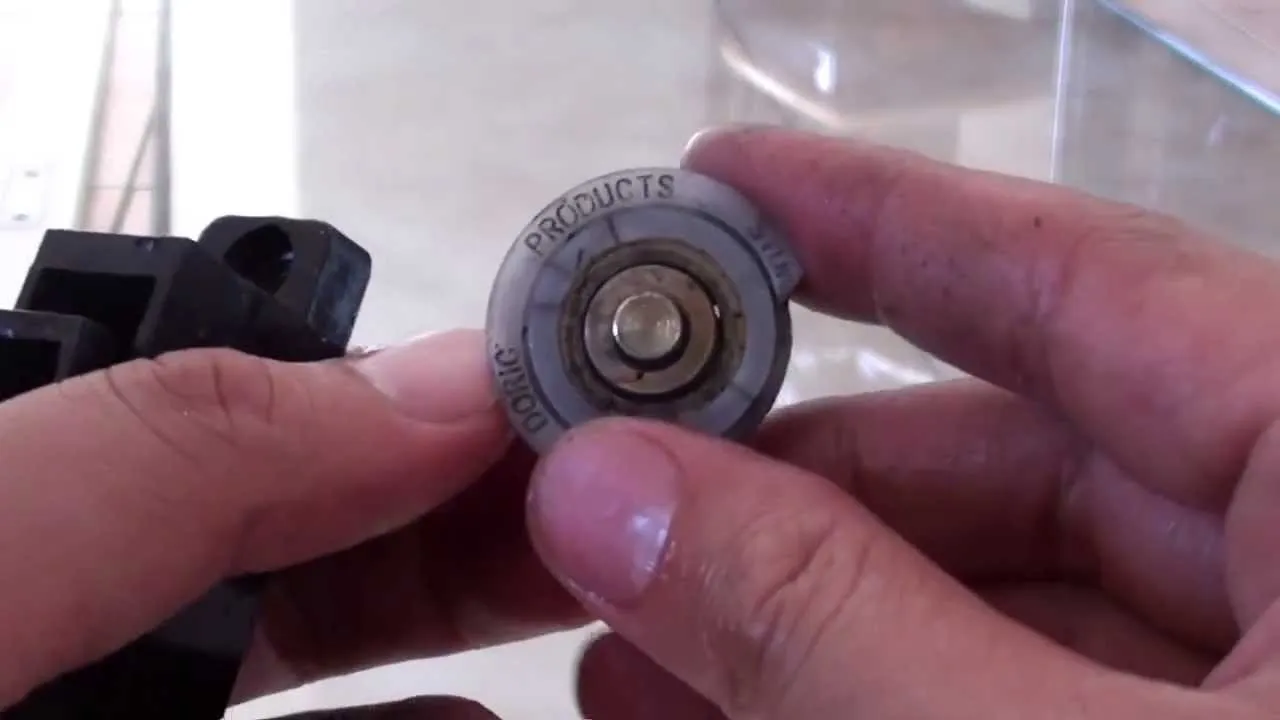
Locate the roller adjustment screws near the bottom of the sliding panel. Turn them clockwise to raise the rollers—this helps free the door from the track.
4. Remove the Sliding Door Panel
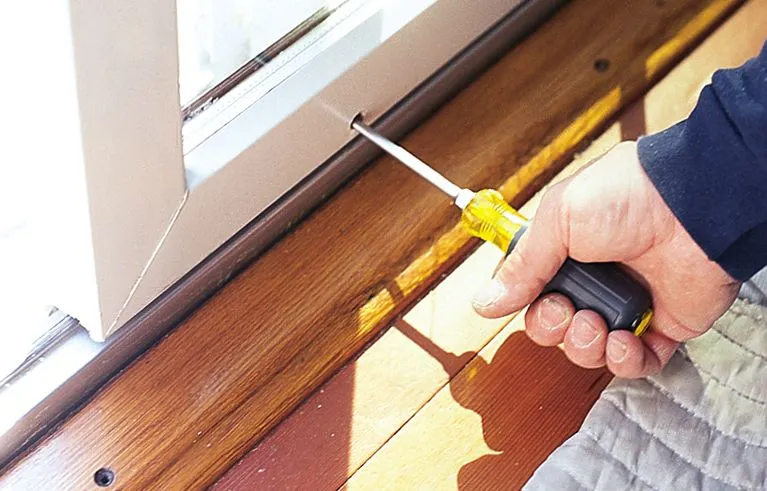
Slide the door open, lift it up into the top track, and then pull the bottom out toward you. If it’s heavy, use a suction cup or ask for help.
5. Cut Through Caulk (if needed)
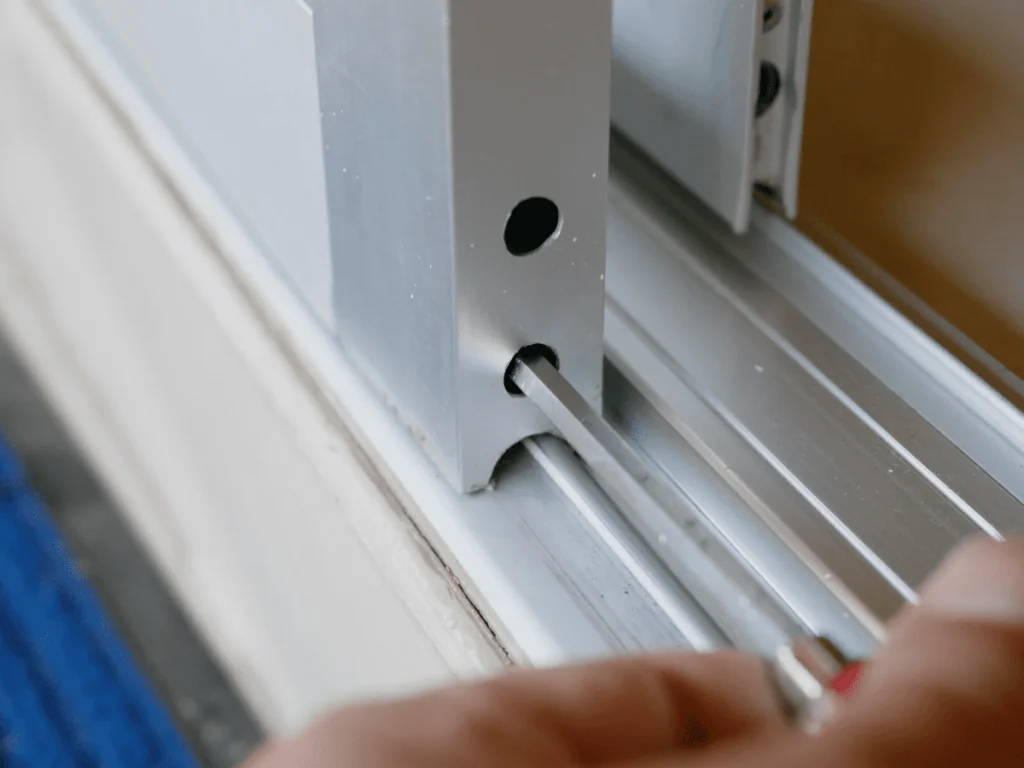
Use a utility knife or caulk remover around the fixed panel or trim if it’s sealed in.
6. Remove the Fixed Panel
Look for screws or fasteners along the frame. Use a drill to remove them, then pry gently with a putty knife or pry bar. Slowly work the panel out of the track.
7. Clean and Inspect the Frame
Once both panels are out, take a moment to vacuum the tracks and check for wear, damage, or alignment issues. Clean surfaces with mild soap and water.
8. Secure the Opening (if needed)
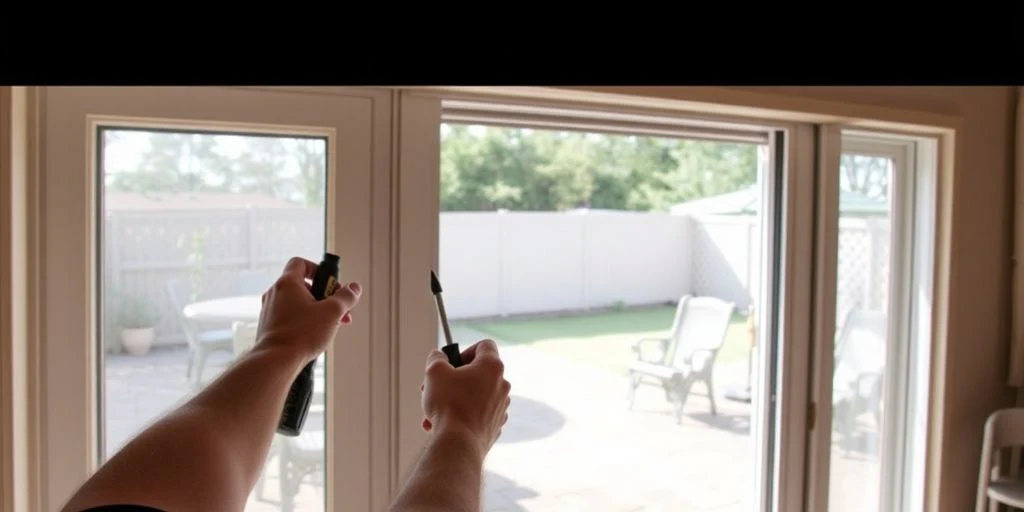
If you’re not replacing the door right away, cover the opening with plywood or a barrier for safety and insulation.
FAQs
1. How long does it take?
Usually around 1 to 2 hours, depending on the door type and how many parts (like the frame or fixed panel) need removal.
2. What to do with old glass panels?
If the glass is intact, donate or recycle it. Otherwise, check with your local recycling center or a contractor for safe disposal.
Conclusion
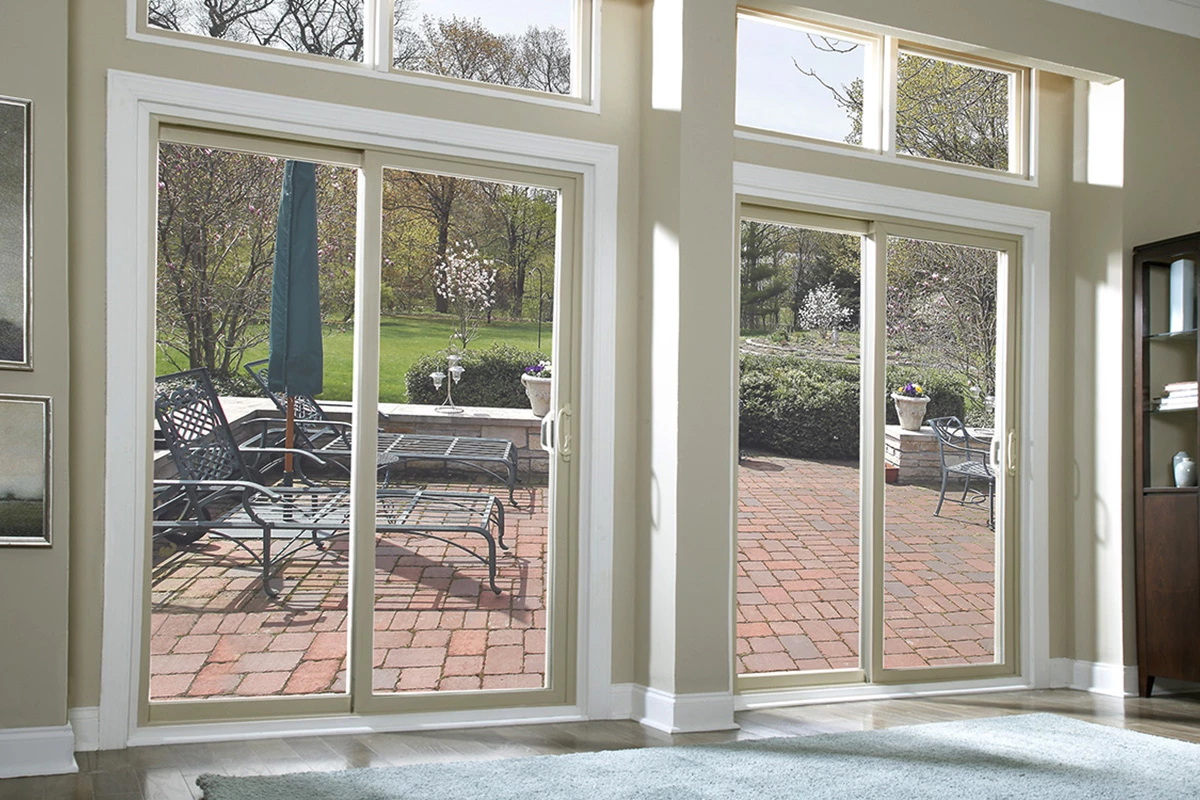
Removing a sliding glass door is a manageable project when done with the right tools, safety steps, and a little help. Whether you’re upgrading your space or fixing worn parts, following a clear process ensures a smooth experience and protects both your home and the door.
Ready for your next home improvement task? Use this guide to confidently tackle sliding door removal—or reach out to a professional if you prefer expert hands. Either way, a well-executed removal makes room for better function and style.
Related Articles
Aluminum vs Vinyl Sliding Doors Guide
How to Clean Sliding Door Tracks: Easy Steps
10+ Best Sliding Glass Door Brands

